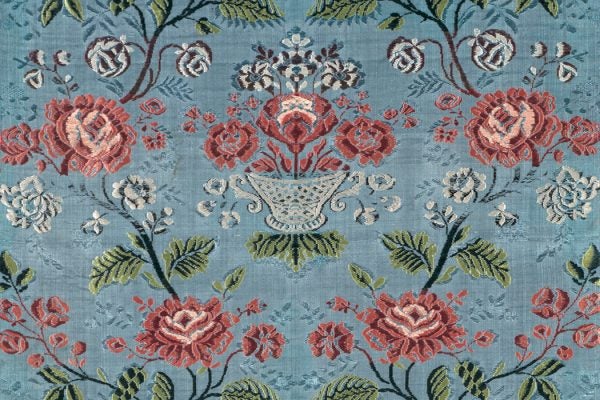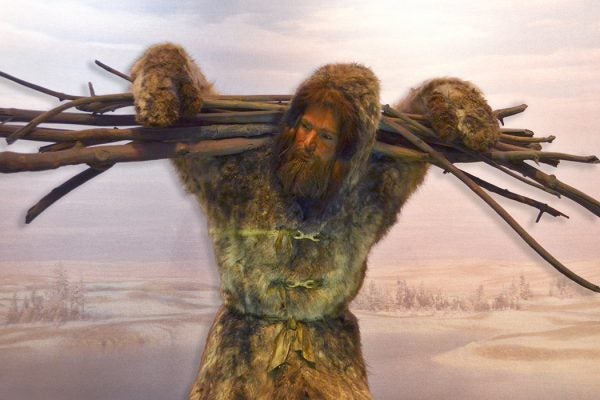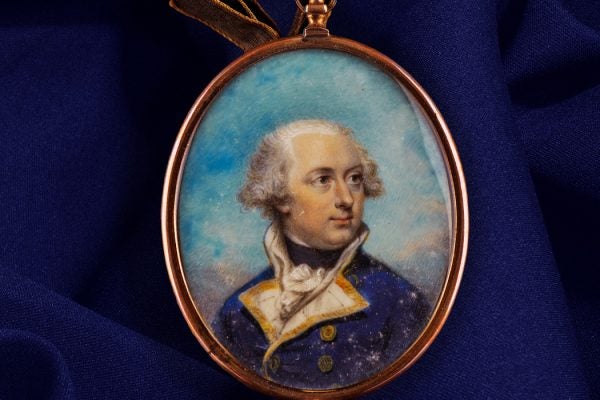Topless King in Pedal Canoe!
By exposing his skin on a sunny day, King Edward VIII offered a reminder that a monarch is, after all, nothing but a person.
Unmaking a Priest: The Rite of Degradation
The defrocking ceremony was meant to humiliate a disgraced member of the clergy while discouraging laypeople from viewing him as a martyr.
Boys in Dresses: The Tradition
It’s difficult to read the gender of children in many old photos. That’s because coding American children via clothing didn’t begin until the 1920s.
The Vermont Knitters
A major labor law dispute simmered for decades. At its center? Women being paid to do piecework on knitting machines in their homes.
In Rome, Mourning Clothes as Political Resistance
In Ancient Rome, swapping one’s regular toga for the dirty, drab robes associated with mourning could request mercy, or communicate resistance.
Victorian Knitting Manuals Collection
The first manuals for knitting were printed in the 1830s. Those interested in the history of knitting will find them a rich primary source for research.
Eighteenth-Century Spies in the European Silk Industry
Curious about the advancing wonders of the age, savants traveled abroad to gather trade secrets for their homeland.
Sewing Saved Us from a “Cold Snap” 13 Thousand Years Ago
Sewing a full winter outfit from animal hides took 105 hours. And we needed lots of them to survive the Younger Dryas Cold Event.
The Buggy Truth about Natural Red Dye
The slightly disgusting secret ingredient that has historically made food dye, lipstick, and even the cloaks of Roman Catholic cardinals so vibrant.
Colonialism Created Navy Blue
The indigo dye that created the Royal Navy's signature uniform color was only possible because of imperialism and slavery.









